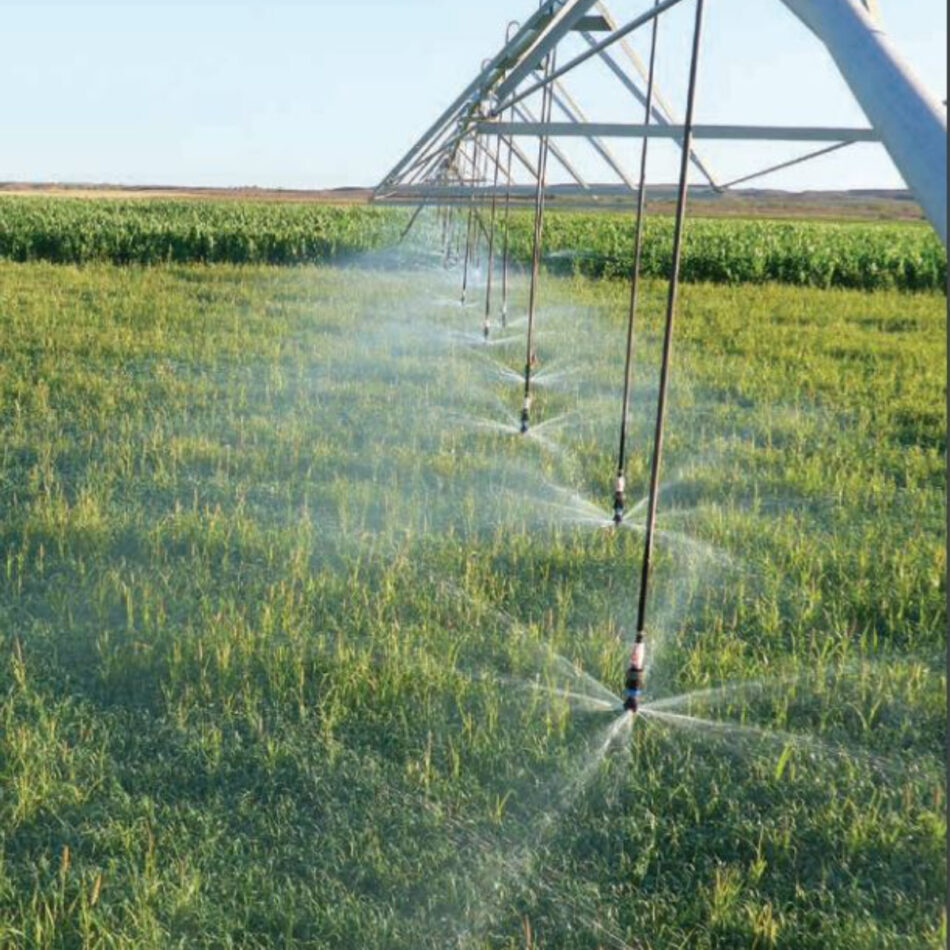Water is vital to our wellbeing and prosperity, individually and collectively. Yet, the ability of our water resources to sustain our development trajectory is increasingly under threat in the face of rampant demand, finite supply, and a changing climate.
In the face of this crisis the standard prescription of investing in infrastructure to augment supply is approaching its limits – there is no more surplus water to be found in most water-scarce regions, renewable water supply is declining in many regions as the climate changes, and the costs to secure more water are too high for communities to bear. So, what is the alternative?
It is human nature to exchange goods and services. We do so in times of shortage and plenty; for nothing, in exchange, or for payment; temporarily or permanently; whether informally or through formally regulated markets. Therefore, it is no surprise to learn that traditional markets have been used to share water between uses and users for centuries. In the face of growing demand for water and water scarcity, the World Economic Forum has identified water as among the 20 new markets that we should create in the coming decades to transform our economies and drive growth and sustainability.
However, one of the biggest barriers to the further development of water markets is the debate over how to recognize and leverage the economic value of water while maintaining water as a public good. While many see water markets as an erosion of public good, it is important to note that water markets do not privatise water. Rather, they leverage the economic value of water by allowing holders of government issued rights in water to trade.
Today there are a diverse range of water markets globally: for the voluntary reallocation of water between competing uses and users; incentivising water quality improvements; water efficiency savings; optimizing use of infrastructure; development of new water resources, and much more. These markets, both formal and informal, allow participants to trade water use rights, storage and water delivery rights, forwards and call options, water quality and stormwater offsets, water efficiency offsets and credits, and water restoration certificates. The latest, and most controversial is the trading of water futures on the Nasdaq in California.
However, water markets, as they currently operate, are broken. For example, in 2020 the Australian water market regulator noted, of the most mature water rights market in the world, that “The system has been built for water management, but not for efficient water trading.” In California, only 4% of the water used each year by farms and cities is traded on the market, and this number has not changed since the early 2000s, suggesting that there are major inefficiencies in the buying and selling process. Compounding the already complicated legal basis for water rights, is a complex and opaque administrative approvals process operating across fragmented and disconnected markets – for example there are estimated to be 15,000 different business rules that govern the trading of water use rights in Australia.
Next generation of water markets
To explore water markets at a more practical level let me introduce Joe Moro, a mango farmer in the Mareeba-Dimbulah Water Supply Scheme in far north Queensland, Australia. He is also the president of the local grower’s association and is a man in demand when it comes to water, especially the price of water on the local market.
Buyers ask Joe how much they should pay for water, sellers want to know if he has knowledge of what price others are selling water for, and even brokers call him to find out if he knows anyone who is looking to buy or sell water. So, apart from being a great guy, why is Joe in such demand?
The answer to this question lies in fragmented regulation, complicated rules, lack of transparency, and lack of trust. In Joe’s local area alone, there are nine pieces of legislation and operational plans that govern water trade, multiple agencies that regulate and operate the water system, and 2,000 water users. Equally, there is no independent, shared point of truth of who traded what, when, where, and at what price.
It was against this background that we partnered with the Cooperative Research Centre for Developing Northern Australia (CRCNA) to show Joe and other water users that blockchain could make a difference – to provide a verifiable record of who exchanges what with whom, and therefore who has what at a given time. Joe said, “I really do think that blockchain is the future. I don’t know when in the future, but the quicker the better from our point of view.”
A blockchain water market provides a publicly accessible, immutable register of all trades; a peer-to-peer marketplace integrated with existing systems of record, and a curated information supply chain that provides assurance through smart contracts that automate (to the greatest degree possible) trade activity.
With a blockchain solution the time to complete a trade from the current 90 days was reduced to less than 7 – a 90% reduction. By enforcing the recording of price, and automating approvals via smart contracts, water users developed greater trust in the water market which in turn increased market liquidity and participation beyond the current level of 8%.
While these are impressive results for Mareeba-Dimbulah, the study also highlighted that distributed ledger technology has the potential to build, operate, and grow the next generation of water markets to become transparent, trusted, automated, verifiable, and accountable.
Written by Katrina Donaghy , Chief Executive Officer and Co-Founder, Civic Ledger, and Fraser MacLeod Business Development and Strategic Partnerships (Europe) Water Ledger, Civic Ledger for the World Economic Forum.
This article was originally published as : Distributed ledger technology revolutionises water markets | World Economic Forum (weforum.org)


